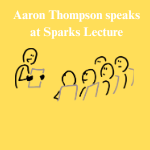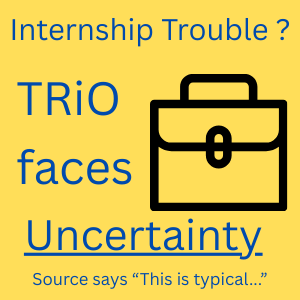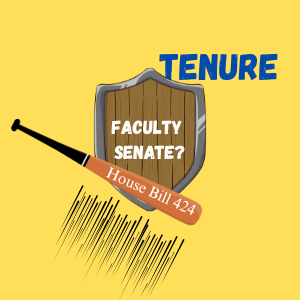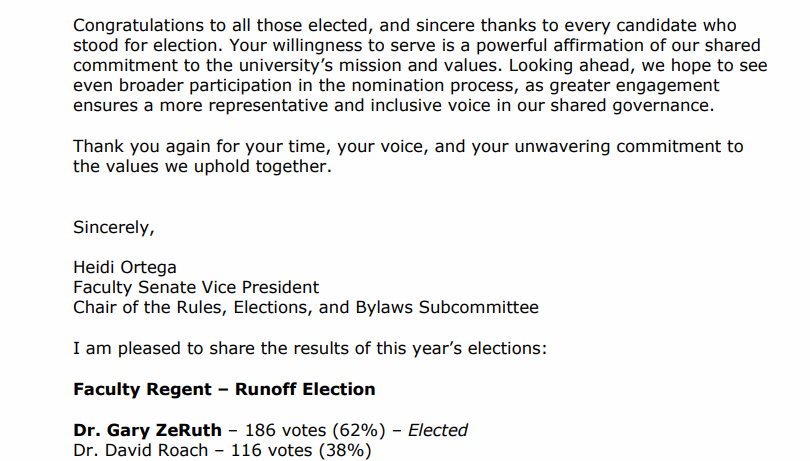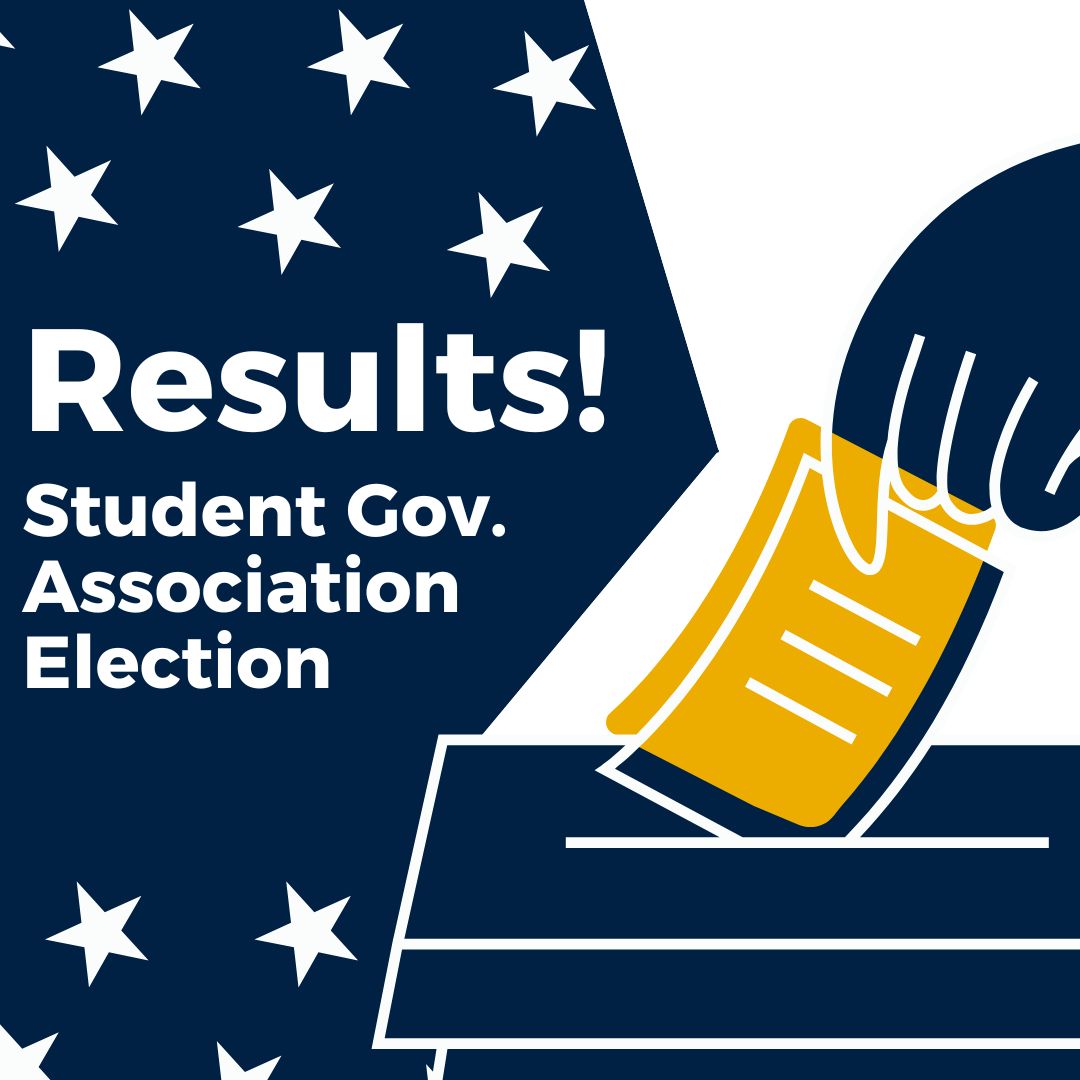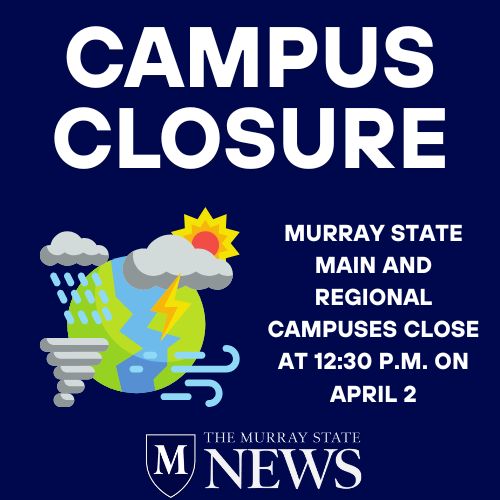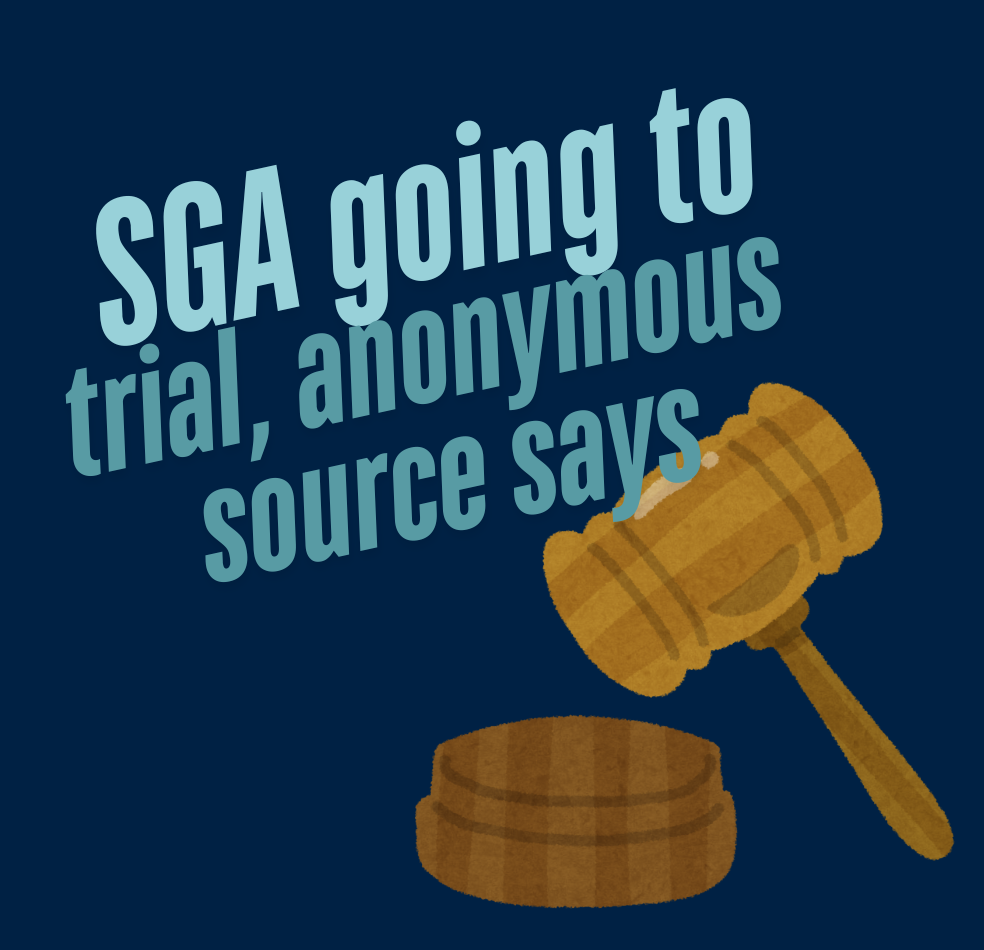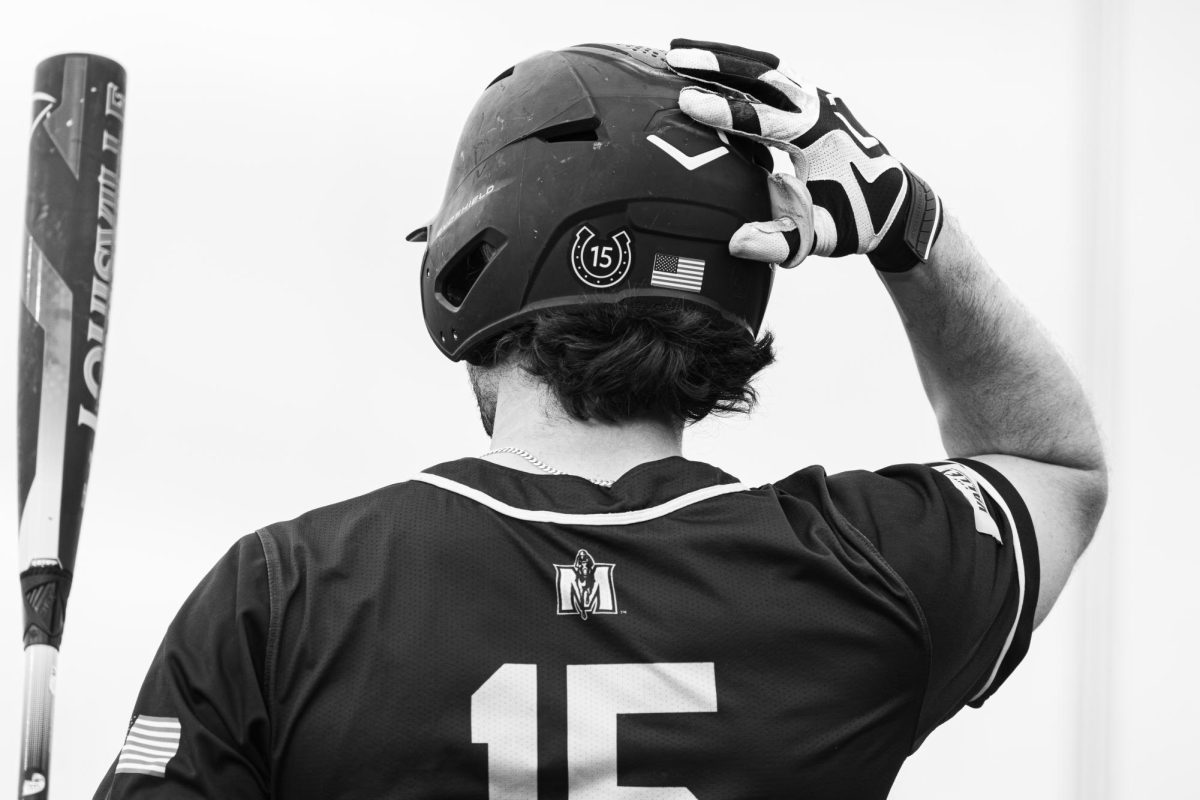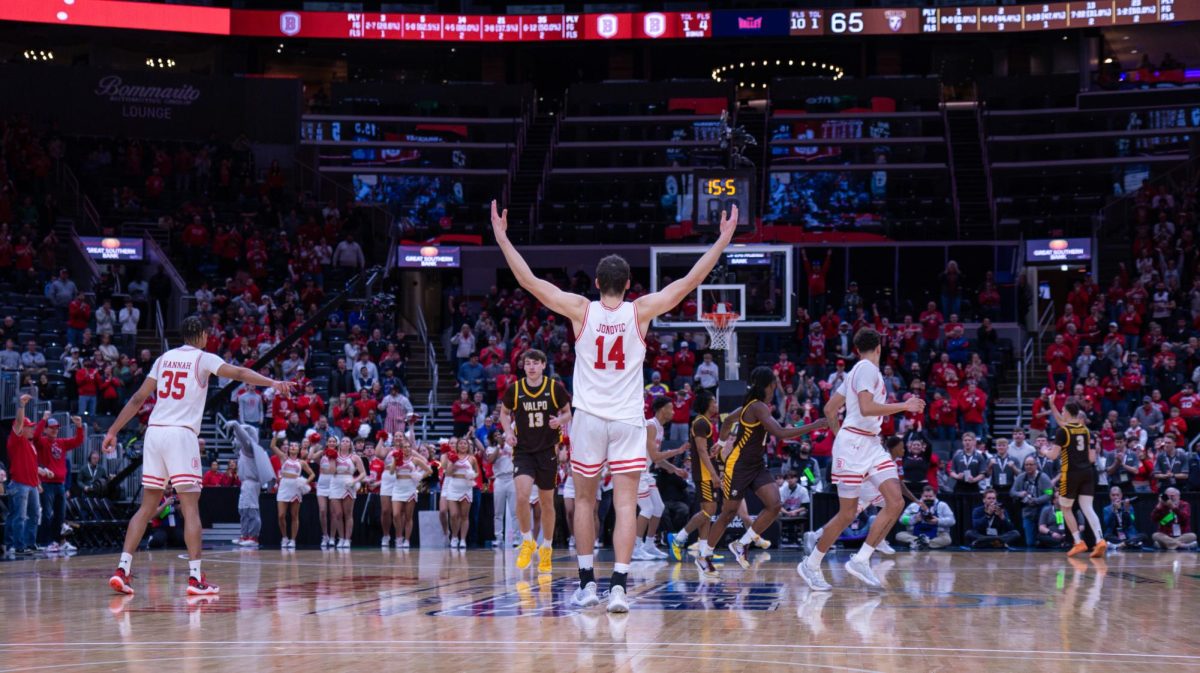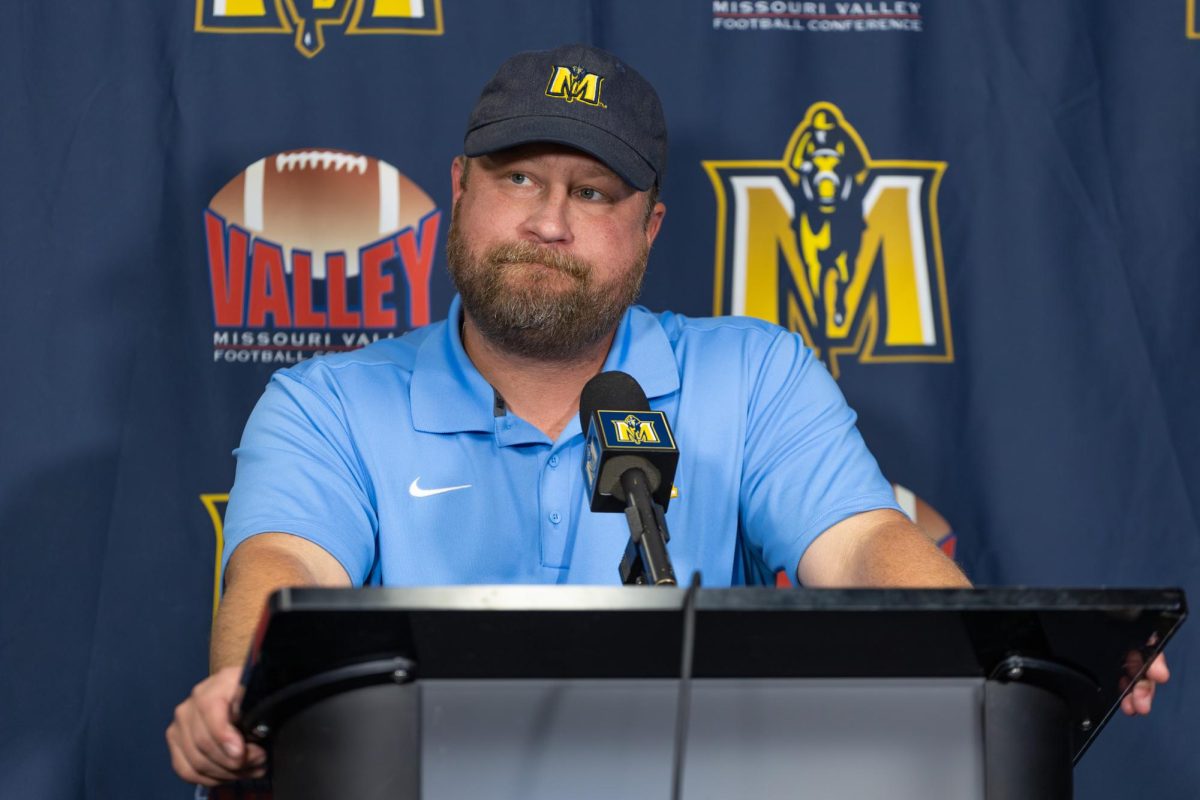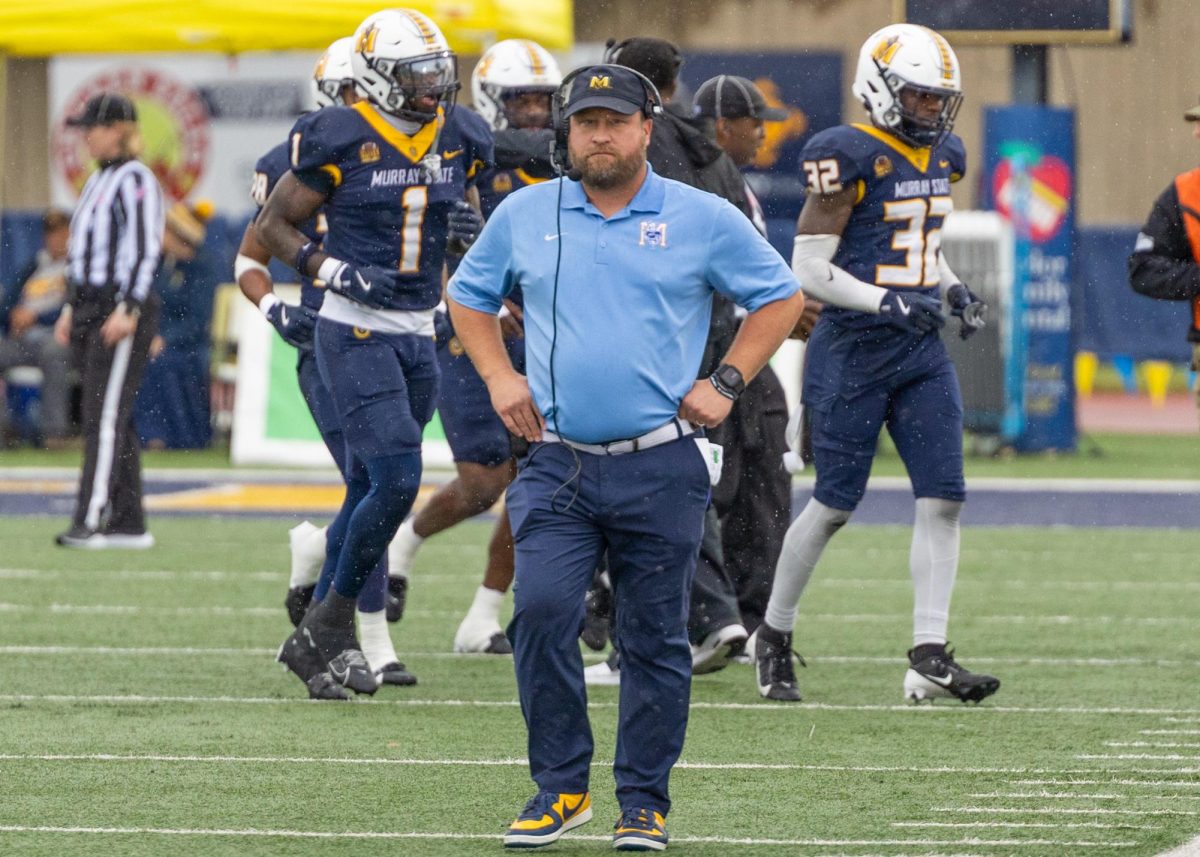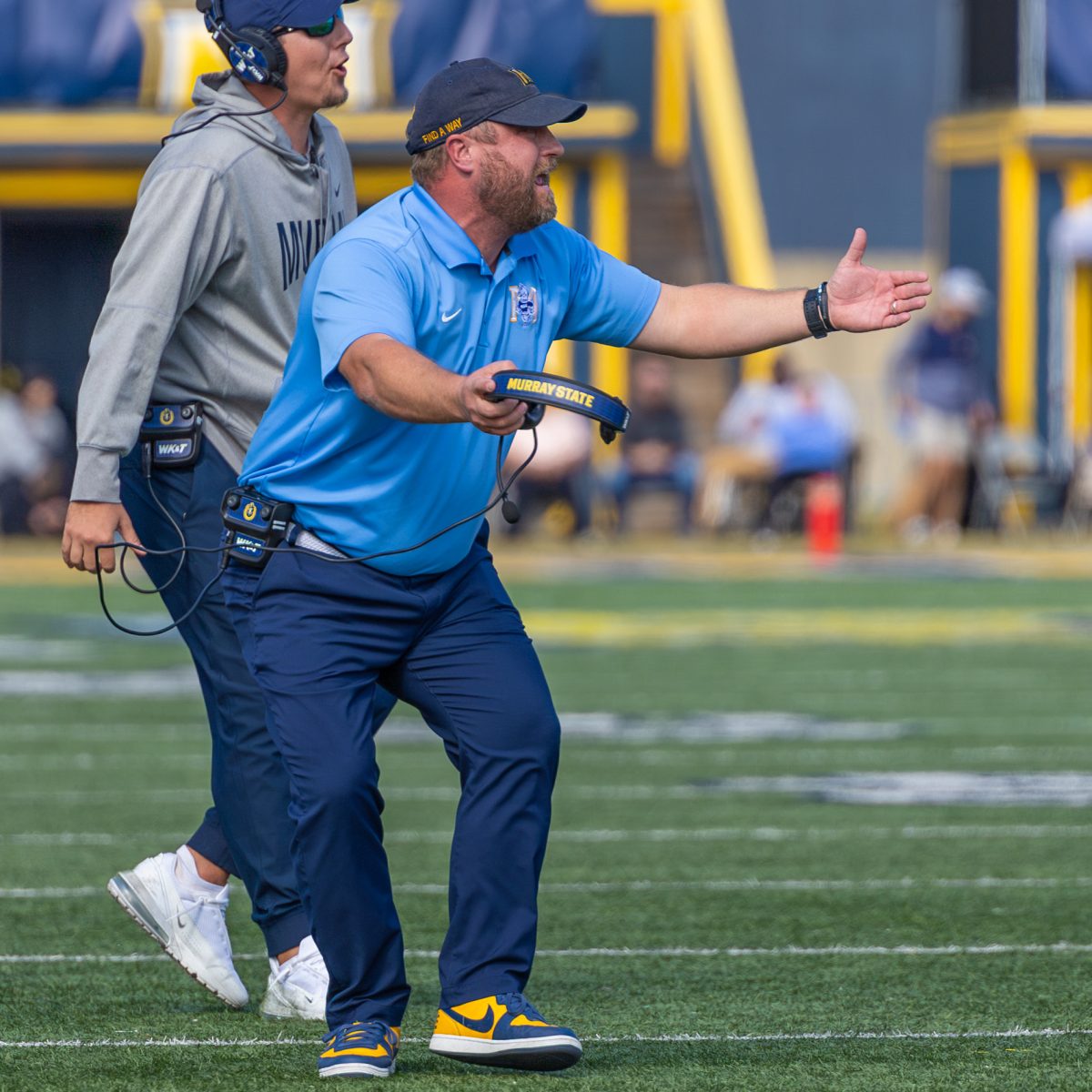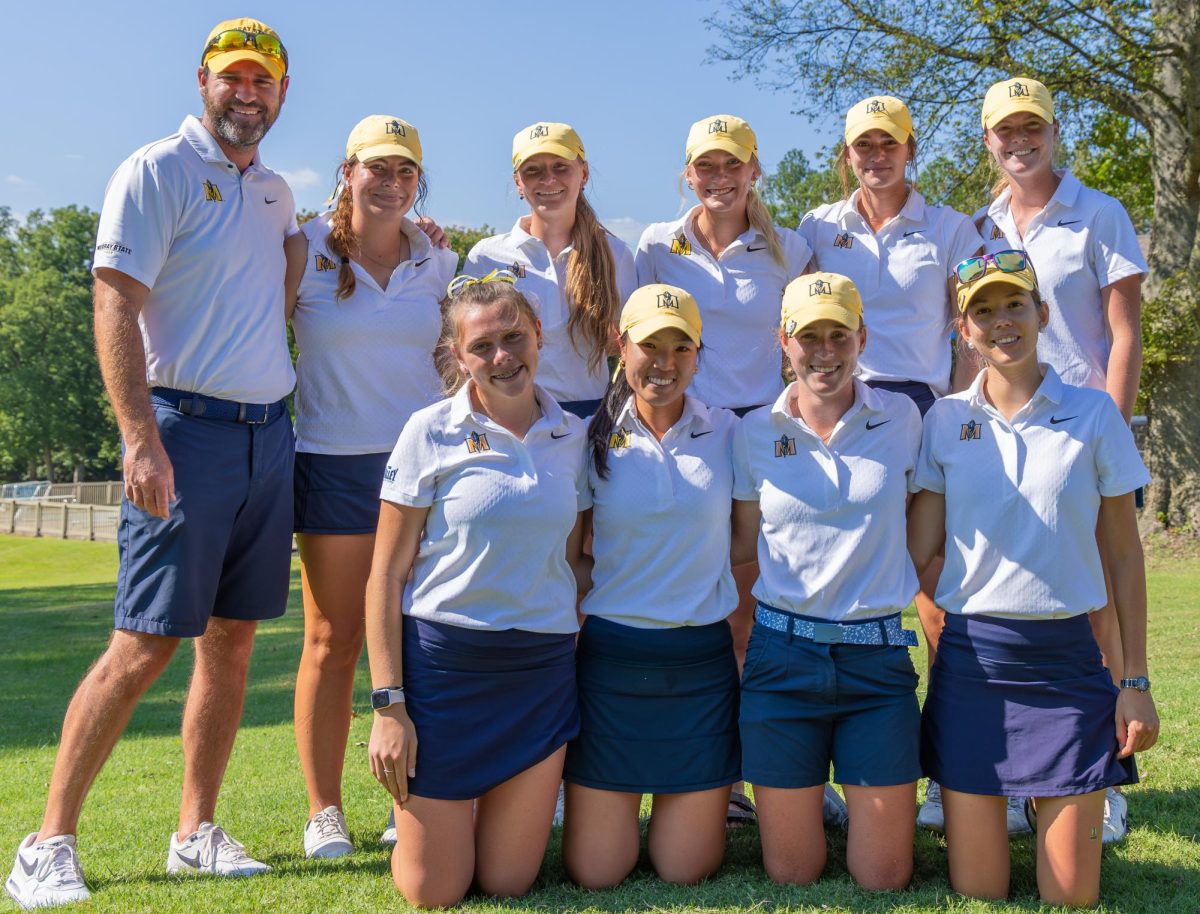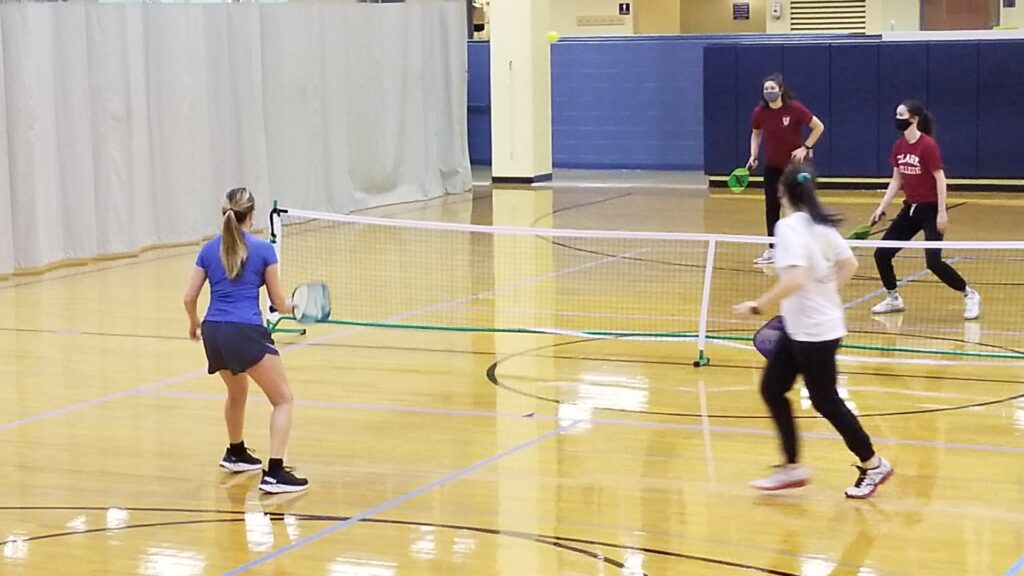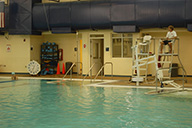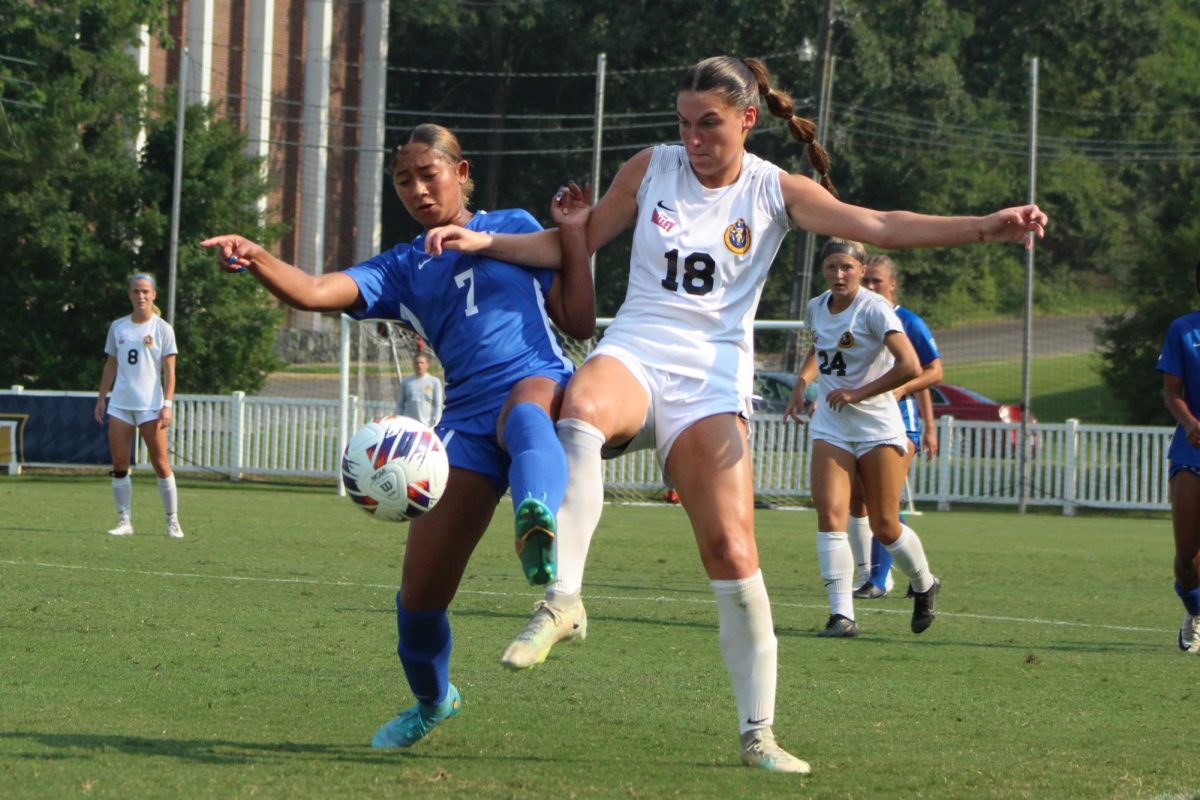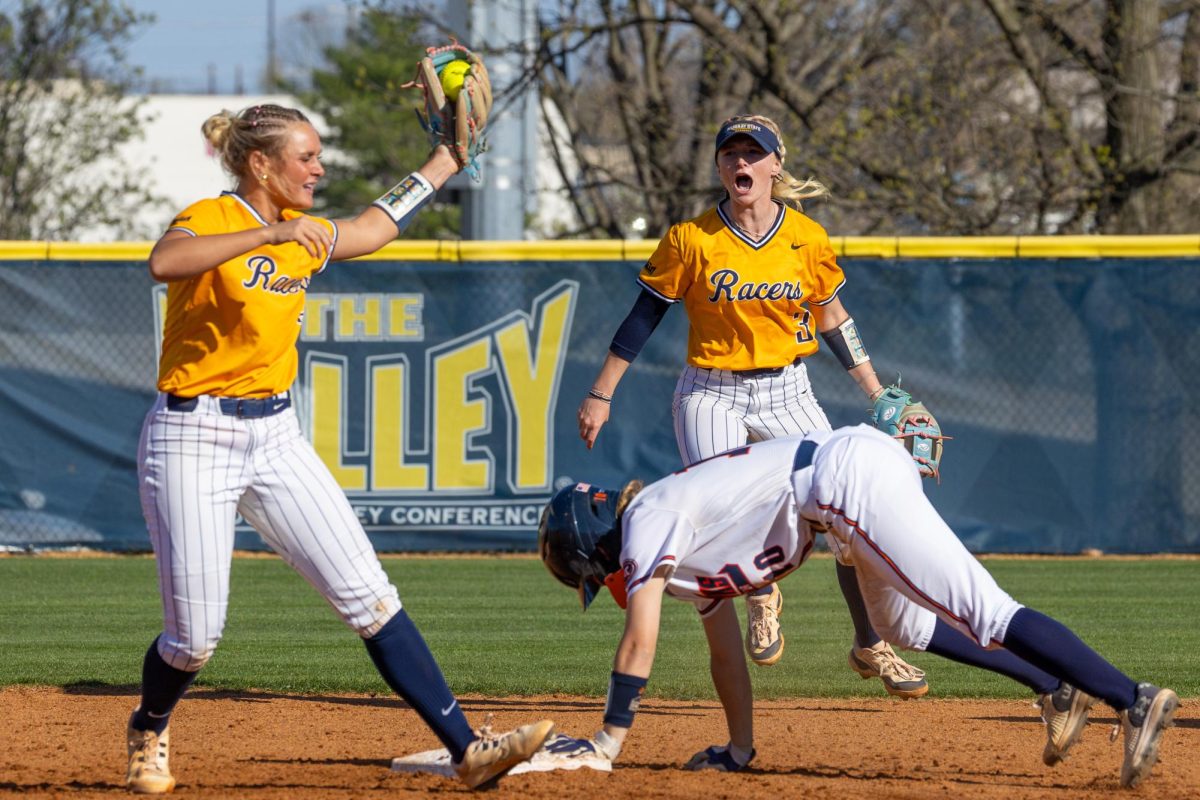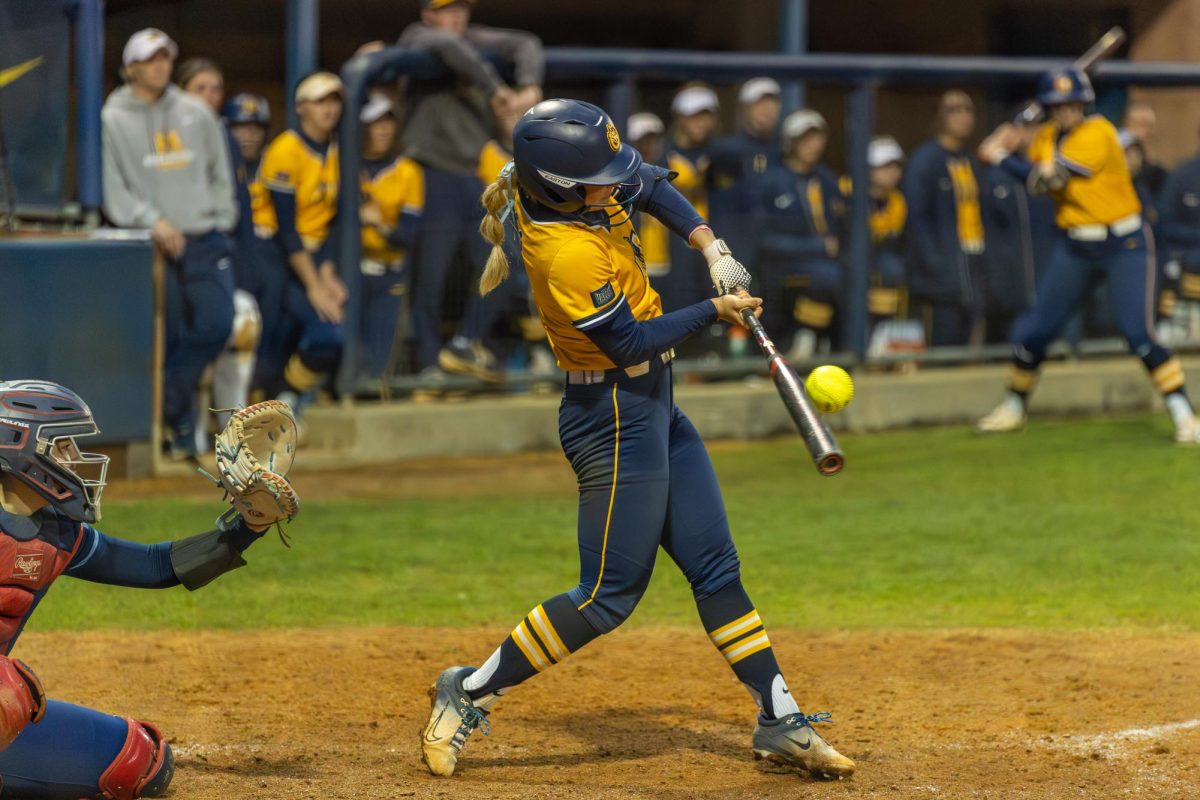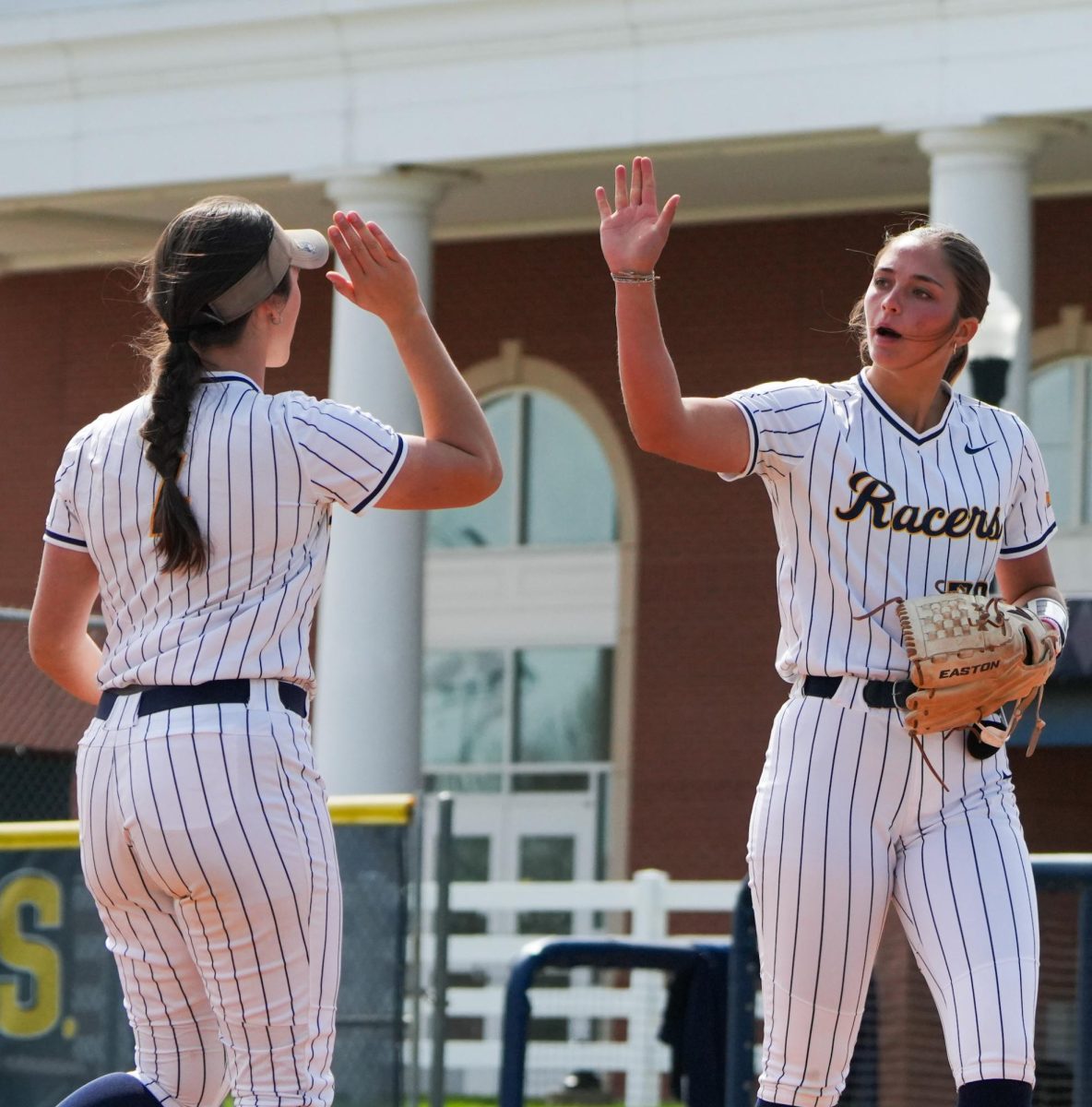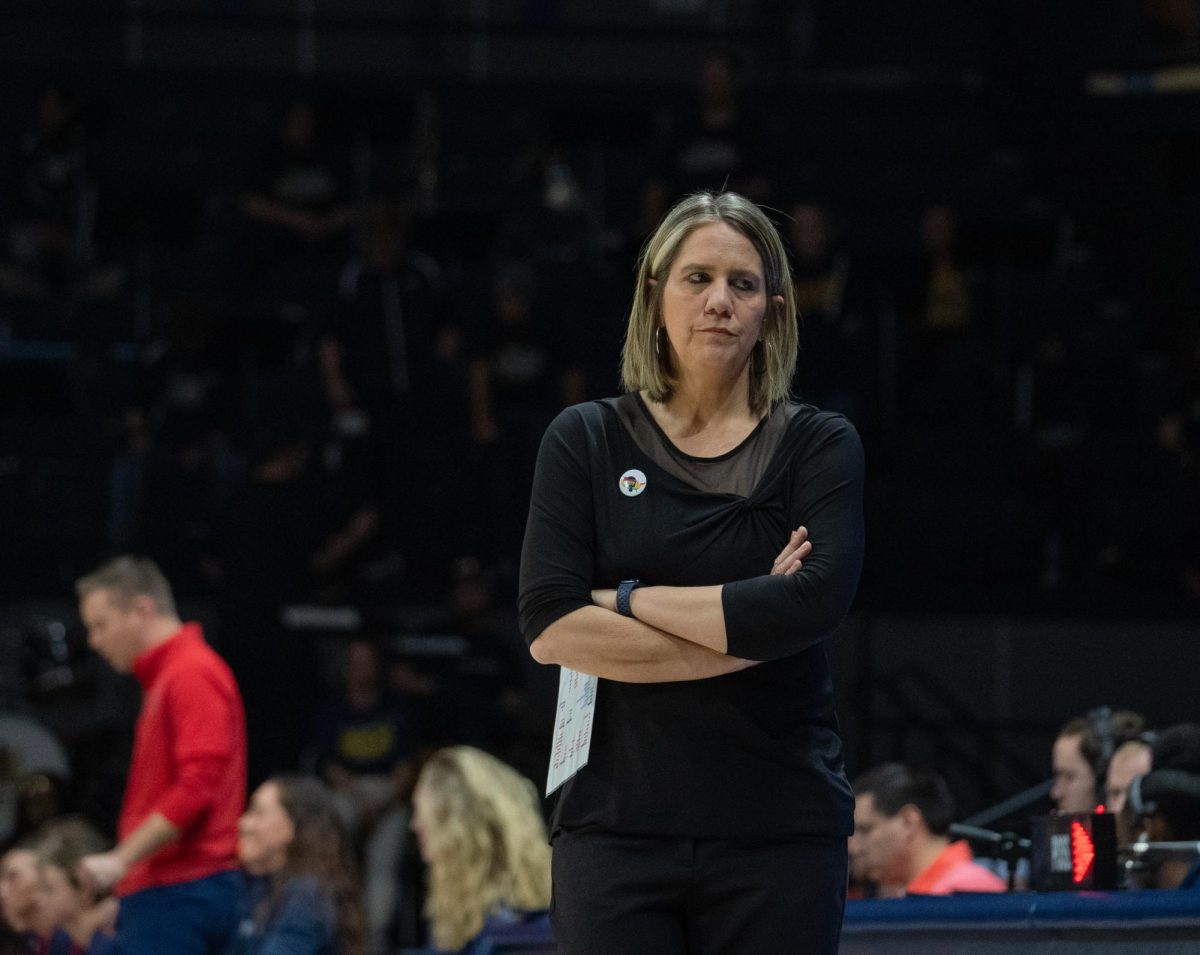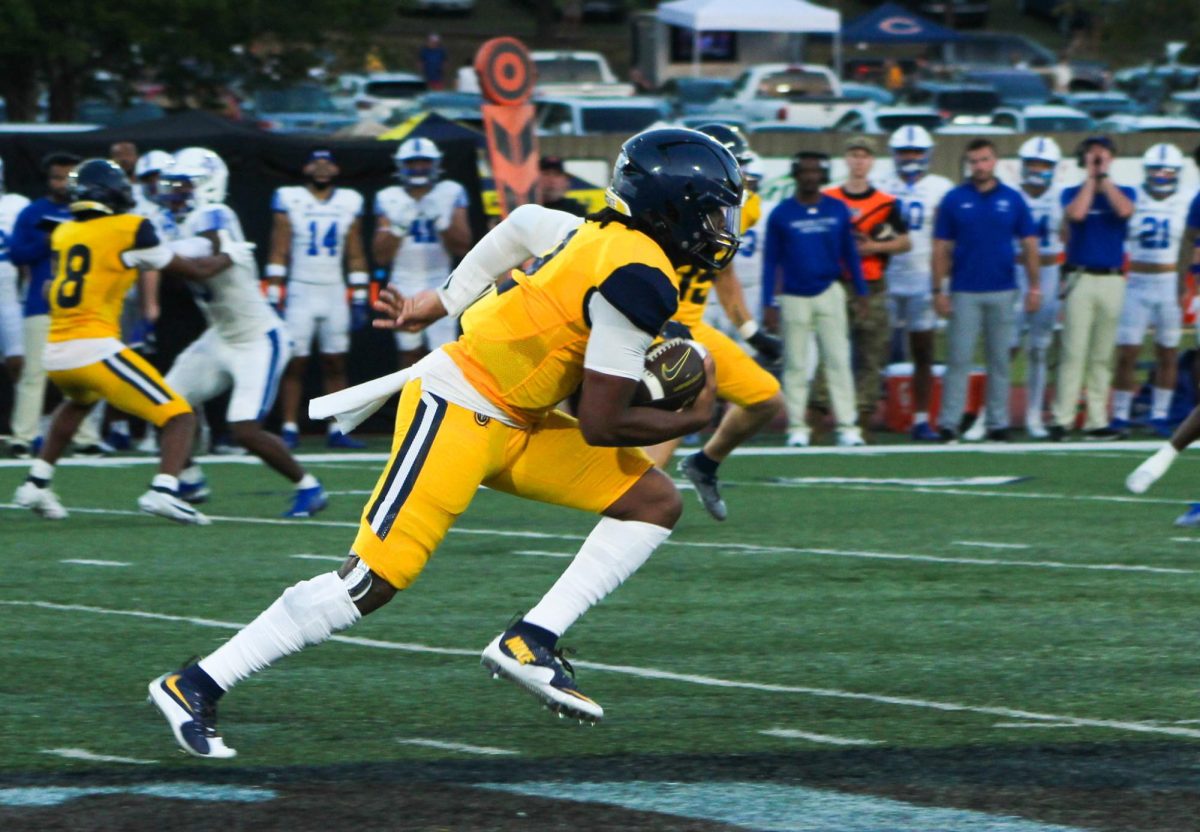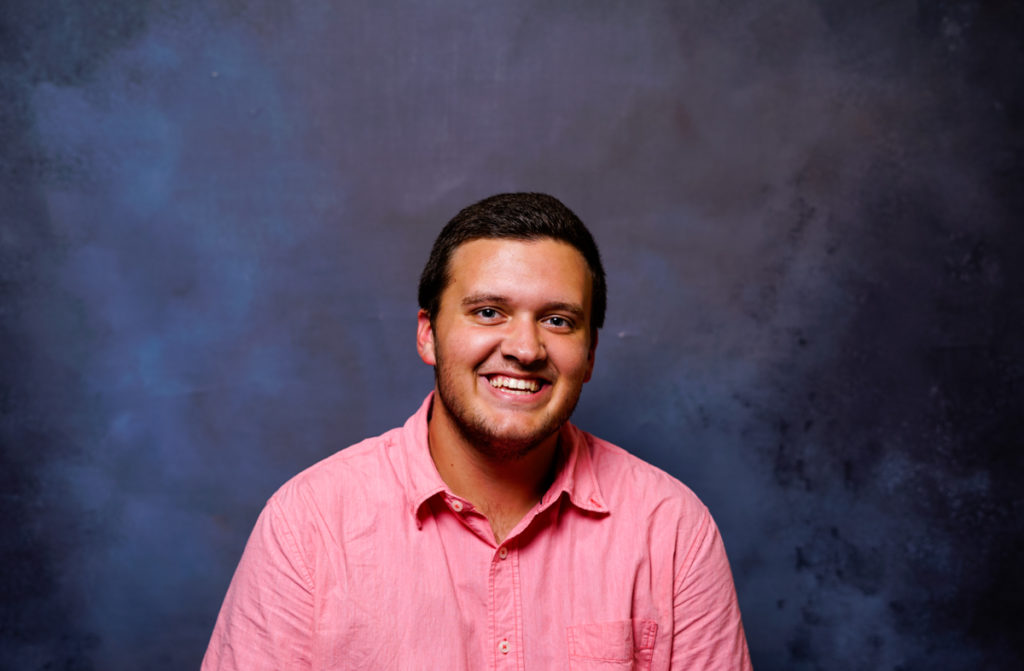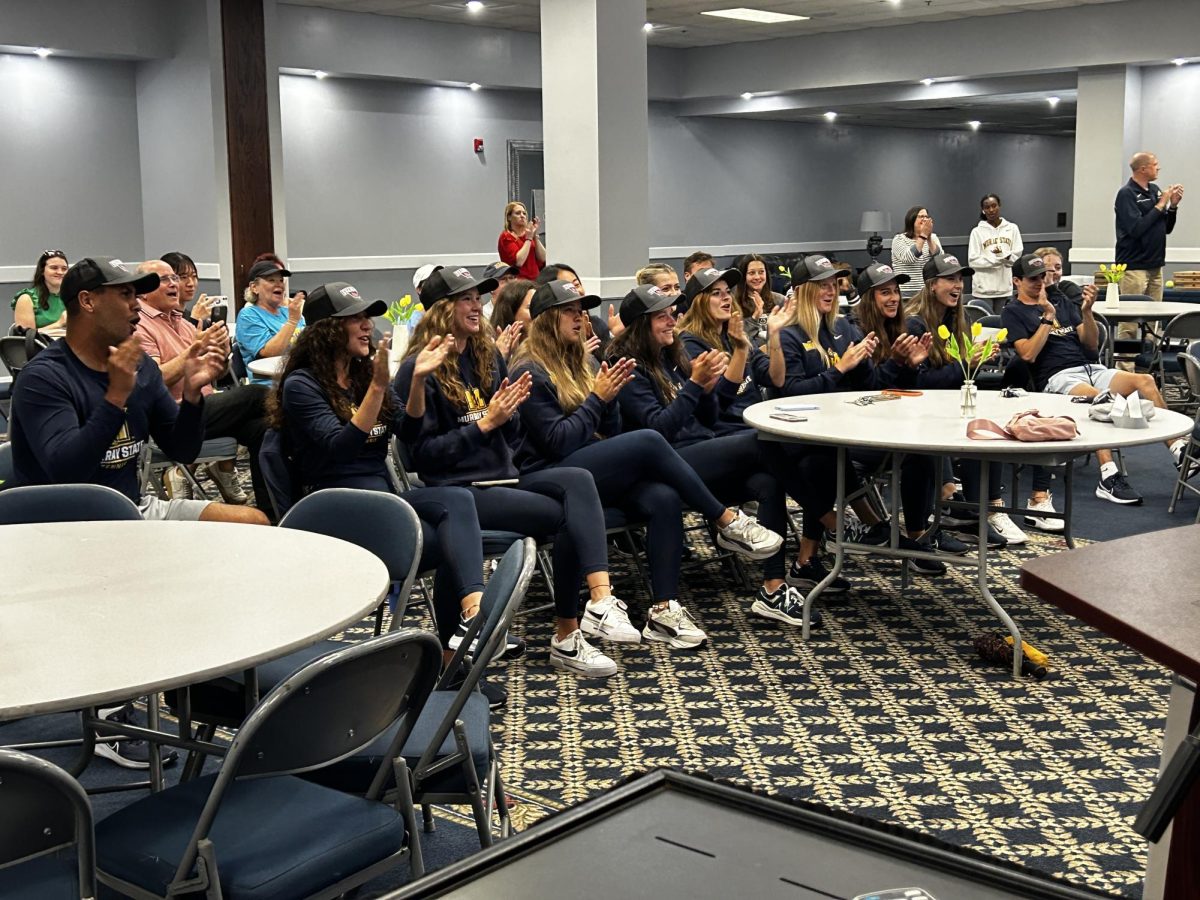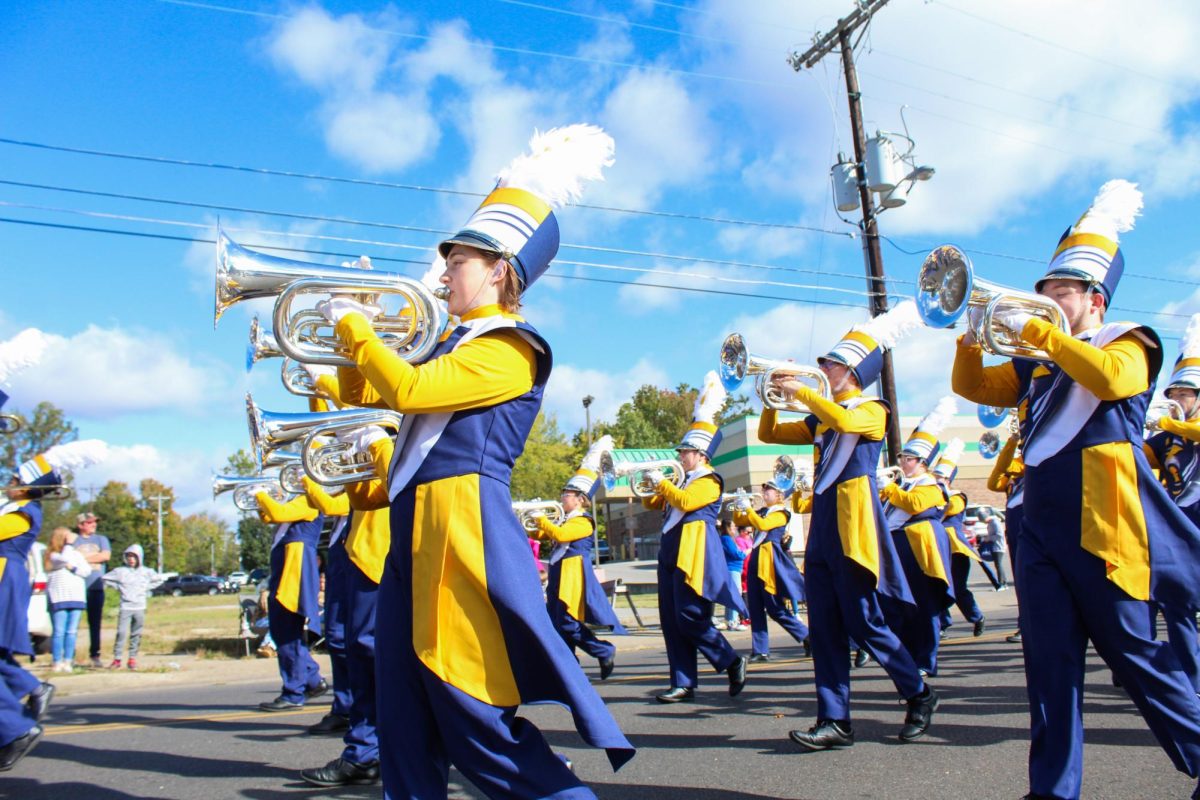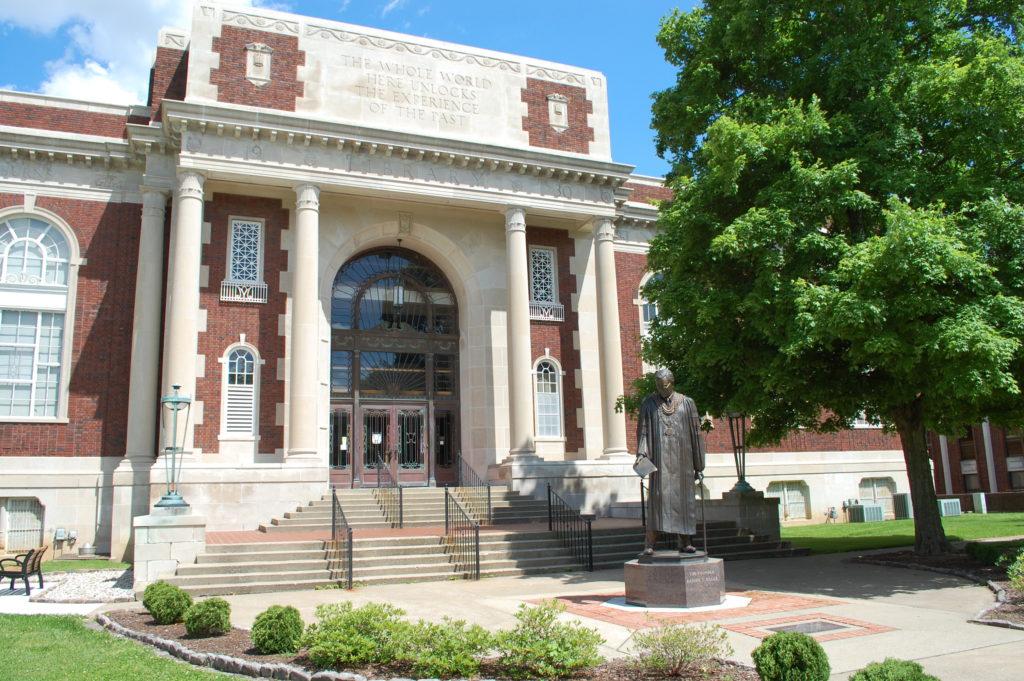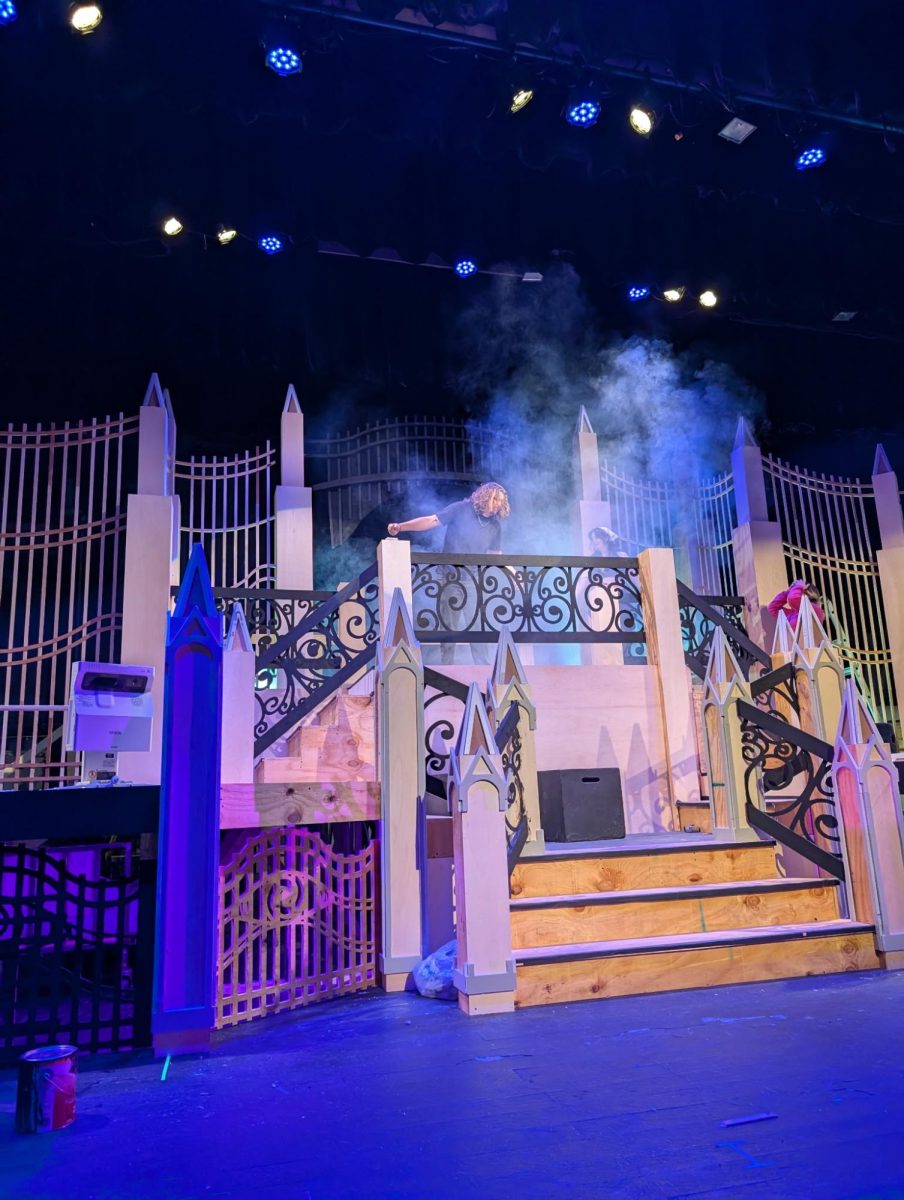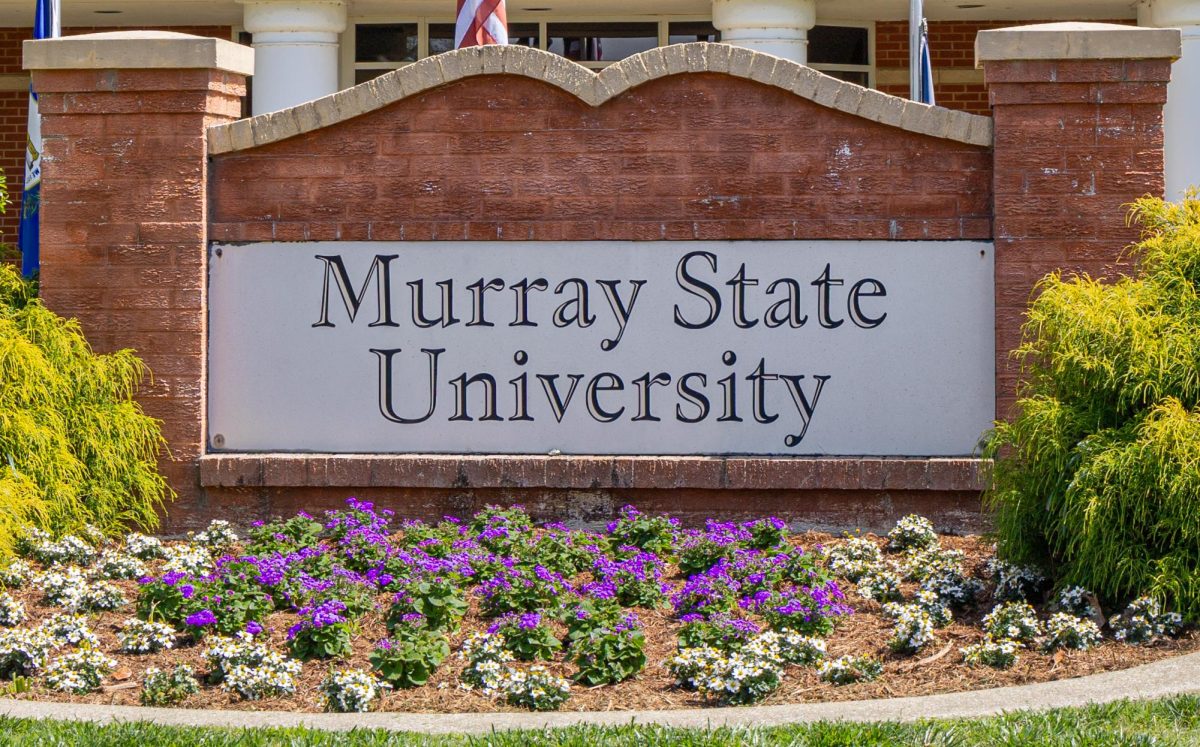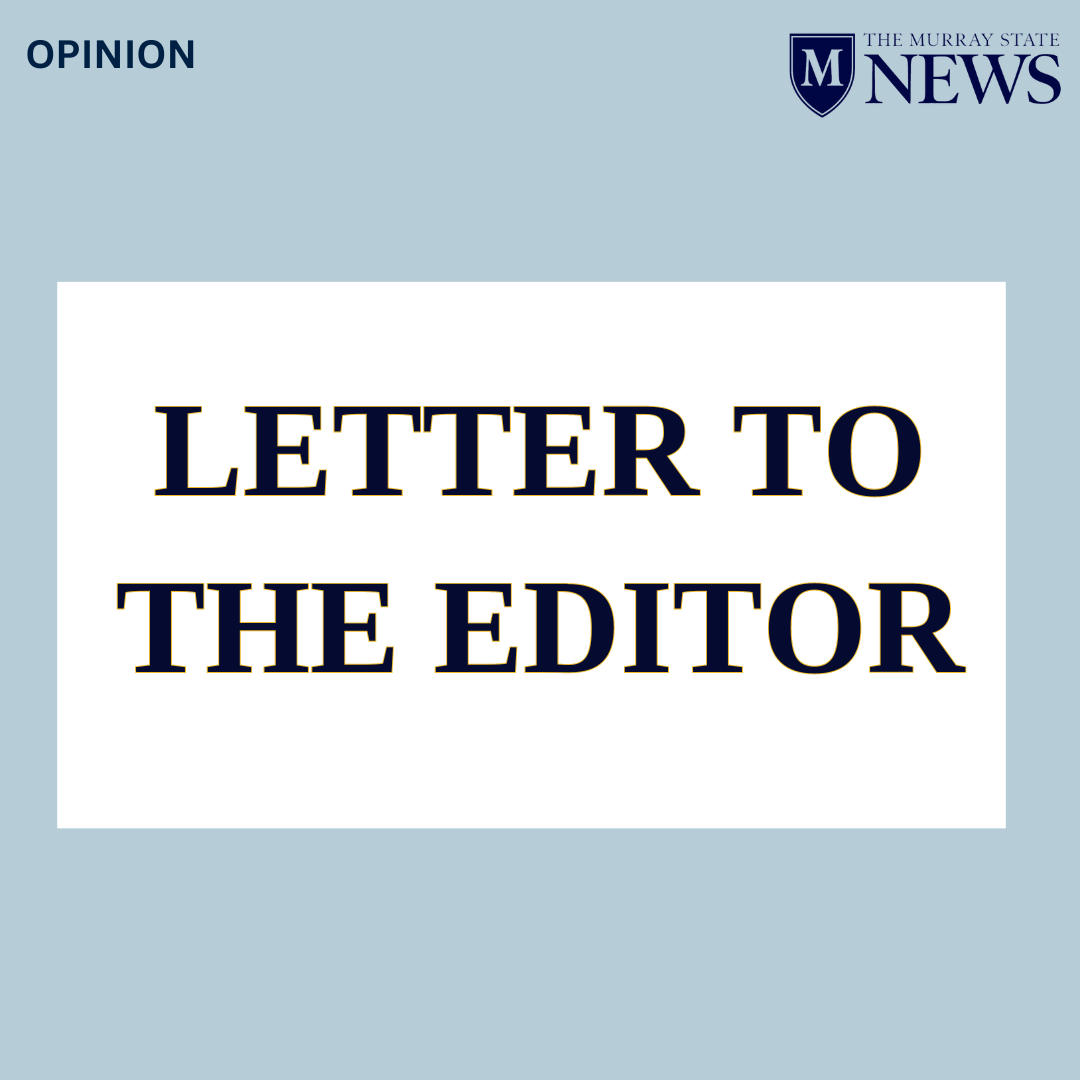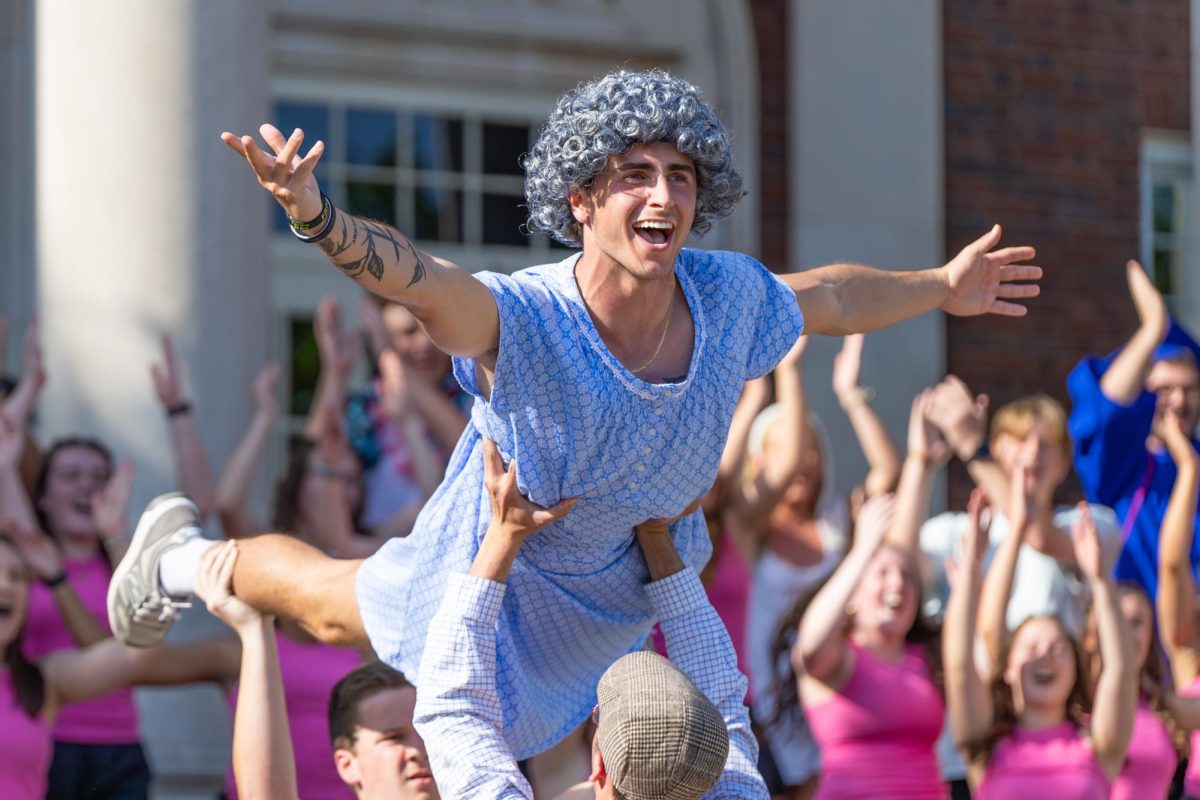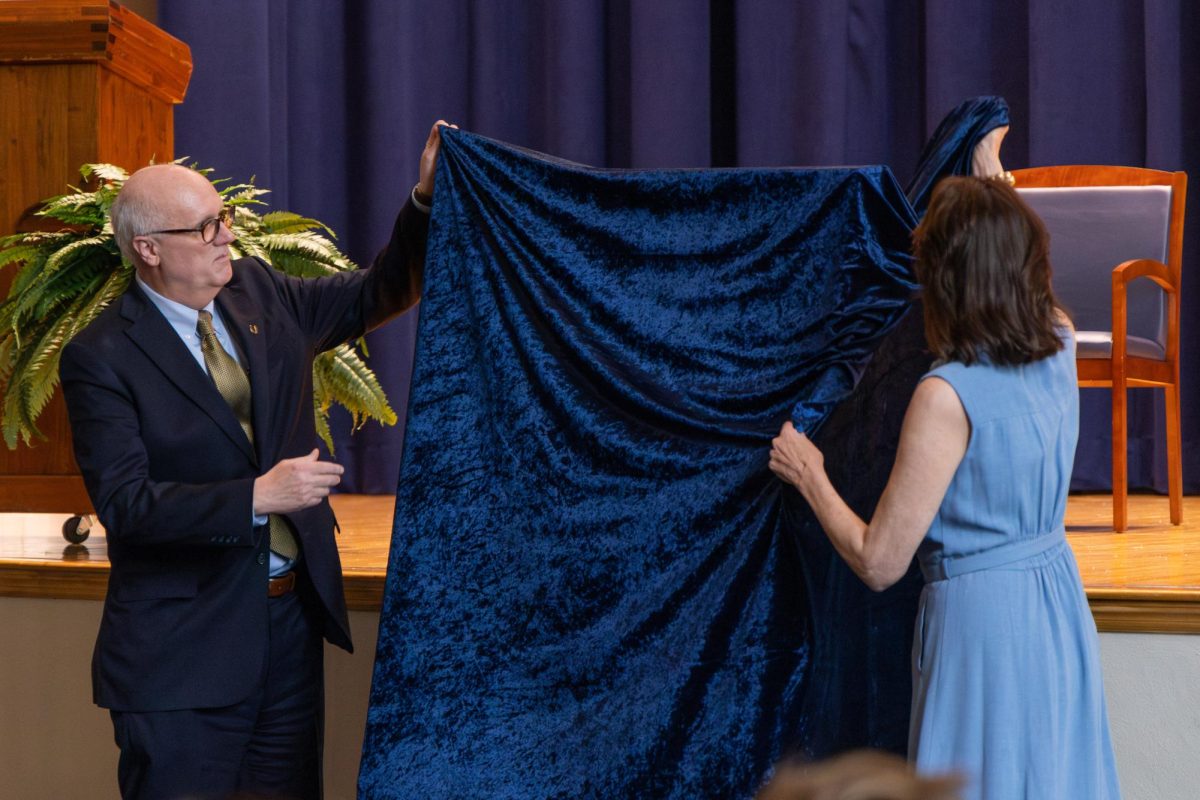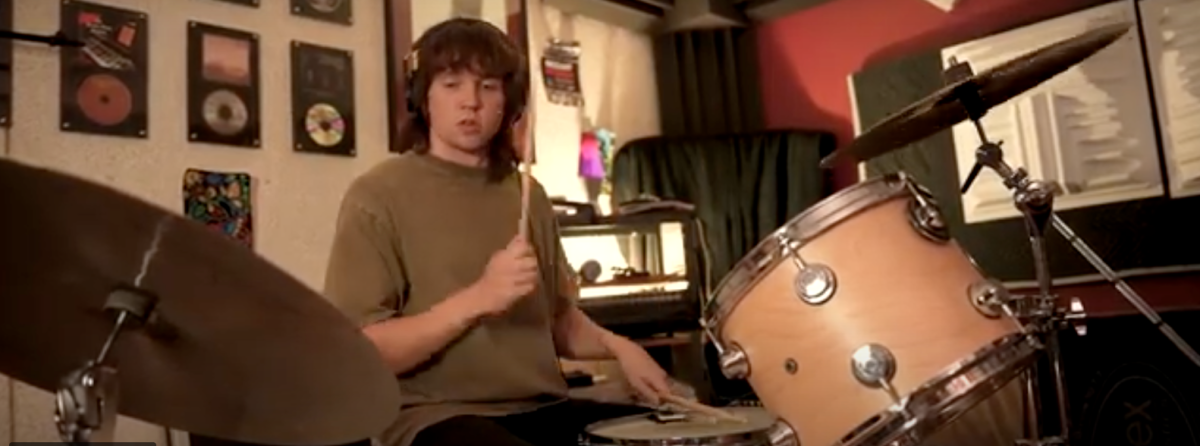By Sydni Anderson, Staff writer
In classrooms across the United States, a new phrase has emerged: Trigger Warning. After the University of Chicago sent a letter to incoming freshman regarding its lack of support towards trigger warnings last year, these warnings have been a hot topic in the media. According to Merriam-Webster Dictionary, “trigger warnings” are warning statements concerning content that may be disturbing or upsetting.
According to a report by the American Association of University Professors, a current threat to academic freedom in the classroom comes from a demand that teachers provide warnings in advance if assigned material contains anything that might trigger difficult emotional responses for students.
An example of this threat is the outrage surrounding the Wellesley College “Sleepwalker” sculpture. In 2014, a sculpture of a man in just his underwear stumbling onto the exclusively female campus caused an uproar among students. A petition circulated for the removal of the sculpture from the public area, earning more than 500 signatures. Students said, the statue was triggering thoughts of sexual assault.
Cynthia Gayman, professor of philosophy at Murray State, said professors are supposed to be expanding viewpoints. She said the opportunity to speak on challenging situations are sometimes necessary for growth.
“It’s an opportunity to see all kinds of people who go through all kinds of things,” Gayman said. “To be responsible we have to be willing to bear discomfort in order for our hearts to grow to be more compassionate human beings.”
Gayman said her aim is not to be controversial but said growth does not occur when someone is in their comfort bubble. She said in her class, if she knows in advance that there is a veteran with PTSD she’ll be mindful.
“Those people are the most grateful for the opportunity to speak on challenging situations,” Gayman said. Still, Gayman offers coloring books for people who need to re-center themselves in her class.
In the AAUP report, the subcommittee of Academic Freedom and Tenure said the assumption that students need to be protected rather than challenged in a classroom is infantilizing and anti-intellectual. Trigger warnings suggest that classrooms should offer protection and comfort rather than an intellectually-challenging education.
In the letter to incoming freshmen, the University of Chicago wrote the university does not support trigger warnings as a part of its commitment to freedom of expression. The university pushed for the freedom to explore a wide range of ideas.
In a National Public Radio study on the presence of trigger warnings in American university classrooms, researchers reached out to college faculty. For public 4-year non-profit universities, 51 percent of professors in the study said they had used trigger warnings in their classroom while the other 49 percent said they did not.
In some classes at Murray State, trigger warnings seem to have slipped into academia. While there is argument over whether this is good or bad, one thing is for sure: it is controversial.


